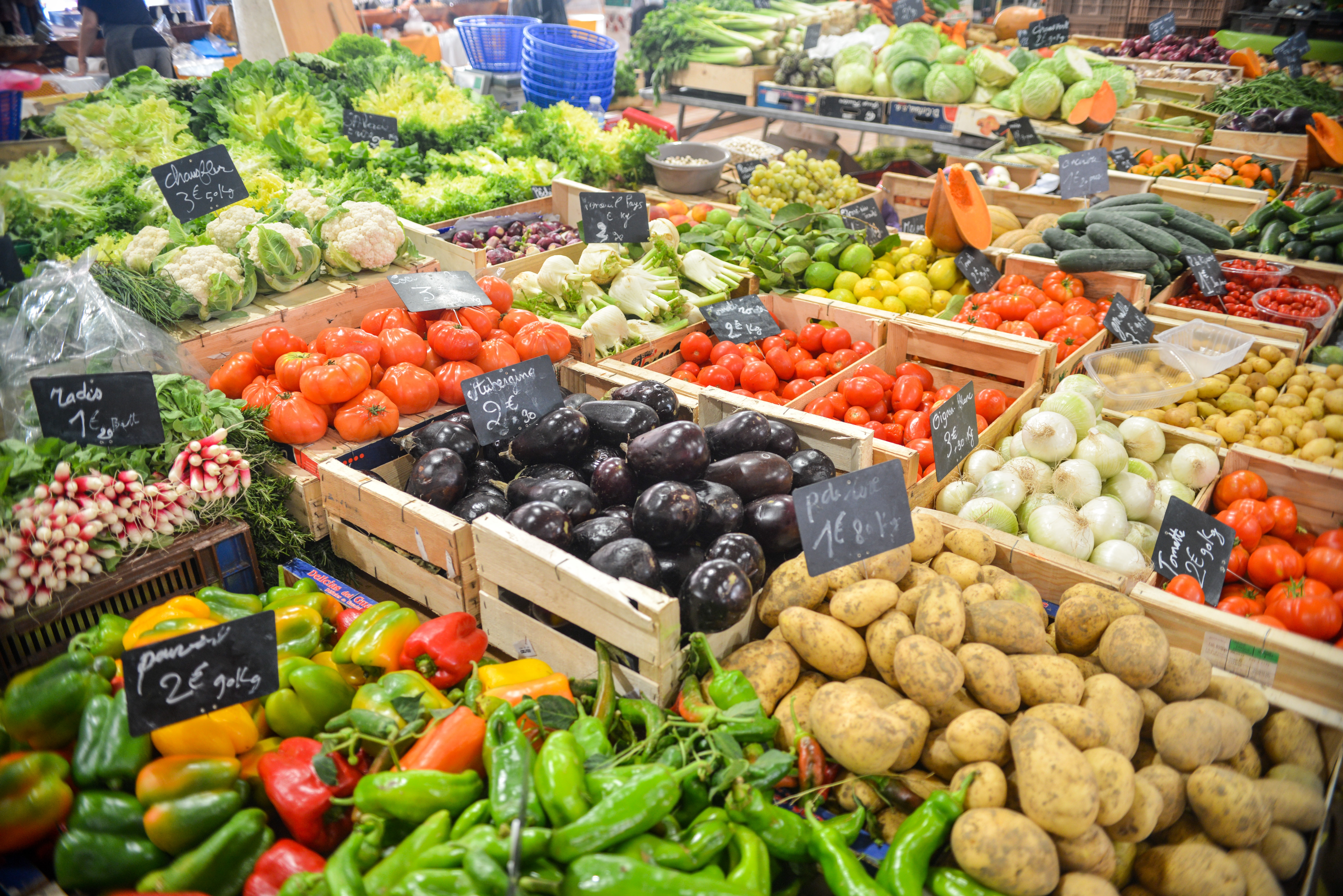Originally published on The Middle Market
By Craig Lawson, MHT Partners
There’s a gold rush going on today in the natural foods and beverage industry as large strategic investors and private equity snap up companies selling branded, organic, all-natural, non-GMO, sustainable products, sending prices to “nose bleed” levels.
The latest blockbuster deal in the natural foods space is Danone’s $10.4 billion acquisition of WhiteWave Foods, which makes Silk soy and almond milks. The valuation of WhiteWave, at about 3 times the last twelve month’s revenue and 27 times last twelve month’s Ebitda (earnings before interest, taxes, depreciation and amortization), demonstrates the very healthy valuations in the sector.
The Danone/WhiteWave deal is not an anomaly: When General Mills Inc. (NYSE: GIS) bought Annie’s Inc. for $810 million, it valued the organic and natural food brand at about four times trailing revenue and 37 times trailing Ebitda.
These high valuations stem from the outlook for the organic food business, which is excellent. Consumer demand has grown by double digits every year since the 1990s, growing from $3.6 billion in 1997 to $39 billion in 2014, according to the Organic Trade Association. That’s still only a fraction of the overall market, just four percent of food sold in the United States and only one percent of total U.S. cropland.
The organic trend certainly looks durable: Young people, in particular millennials, are increasingly turning away from processed food, favoring more organic, naturally processed, and local foods. That trend is driving a wave of mergers and acquisitions as revenue growth at the world’s largest packaged food companies shrinks and as these firms scramble to catch up on trends they were late to embrace. For example, last year, Coca-Cola Co. (NYSE: KO) bought part of organic juice-maker Suja Juice, and Hormel Foods Corp. (NYSE: HRL), the maker of Spam, bought Applegate Farms, known for its organic processed meats. Hormel won Mergers & Acquisitions’ 2013 Mid-Market Award for Deal of the Year for the $700 million acquisition of the Skippy brand.
Just as Levi Strauss took advantage of the California Gold Rush not by panning for gold but by selling supplies and eventually making durable jeans, today there are novel and creative alternative ways to invest in organic, all-natural, and non-GMO foods and beverages.
Chasing Bargains
While everyone from General Mills to Coca Cola and large private equity firms chase established brands, there are many other areas that are less penetrated in the business where high-growth companies can still be bought for reasonable prices.
One such area is co-packers — firms that manufacture food or beverage products for other food and beverage companies or private label for retailers (think of Whole Foods’ 365 brand). Co-packers are increasingly being utilized by food and beverage startups to ramp up production of their nascent brands. That means co-packers — also called co-manufacturers — with organic and gluten-free manufacturing capabilities, research and development and formulation expertize and quick-turn manufacturing capabilities are particularly appealing.
Co-packers traditionally sell at significantly lower multiples than branded organic companies — four to six times Ebitda — but should benefit from the same growing overall market for organic foods.
Looking Beyond the Shelves
Investors should also look beyond organic food itself to find companies that are benefiting from a growing market for organic foods. For example, organic cheese requires organic feed for cows and goats. Those animals in turn need organic land, which needs organic manure.
Other opportunities include everything from food safety lab companies that certify foods as organic and equipment makers for organic food manufacturers and processors.
For example, buying an organic juice company might be prohibitively expensive, but there is a shortage of companies with high pressure processing (HPP) capabilities, a cold pasteurization technique that better preserves taste and freshness and extends shelf life, among other things. Companies employing the HPP technique offer investors an inexpensive way of investing in the growing market for such products as cold-pressed juices, cold-brew coffee and smoothies as well as foods ranging from lobster to guacamole.
Investors seeking to buy up brands at bargain prices will need to find them before they reach Whole Foods on a national basis, because by then the cat’s out of the bag and valuations spike. Nevertheless, savvy investors can still find companies worth buying by spending time in America’s trendy food hotspots, from Brooklyn to Boulder to the Bay Area.
Is there a trendy chai tea company making waves in Boulder that isn’t yet known in Dallas? Is there an artisanal cheese maker in Northern California that hasn’t reached Chicago? The nature of organic food is short-supply chains and keeping things local, so finding those local gems is where bargains may be found.
As the famous poet Robert Frost — who was born in natural food hotspot San Francisco and lived in another, Vermont — wrote in The Road Not Taken, “Two roads diverged in a wood, and I— I took the one less traveled by, And that has made all the difference.”
Craig Lawson is a managing director and a co-founder of MHT MidSpan in San Francisco.

